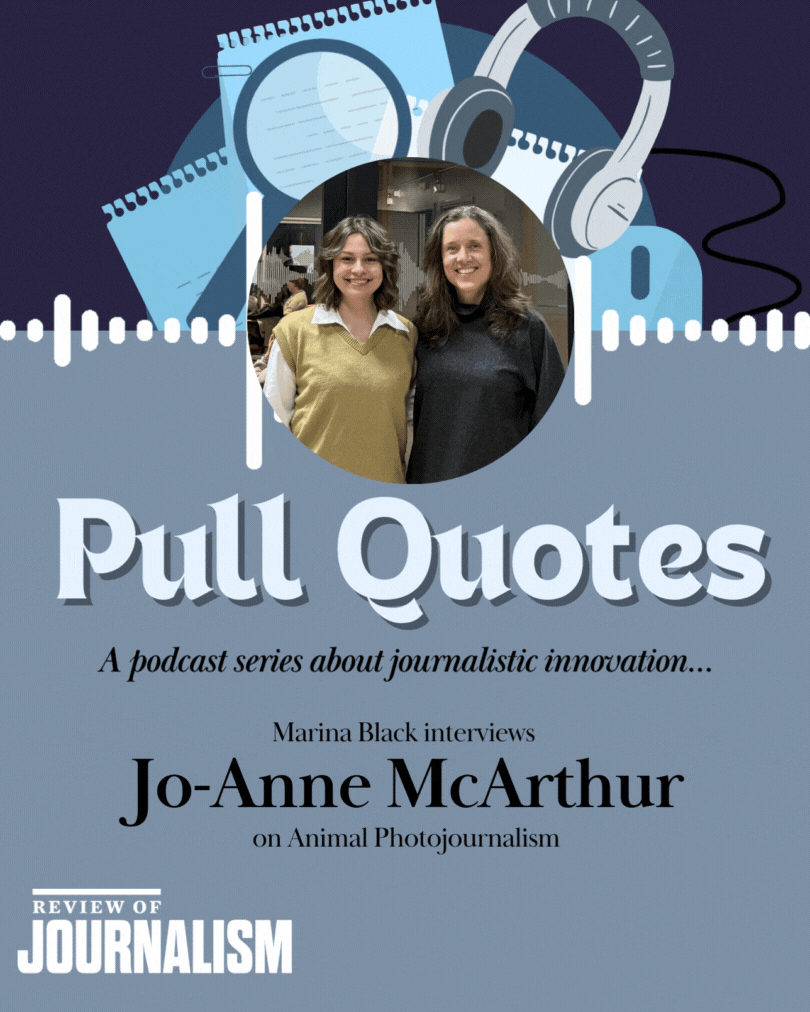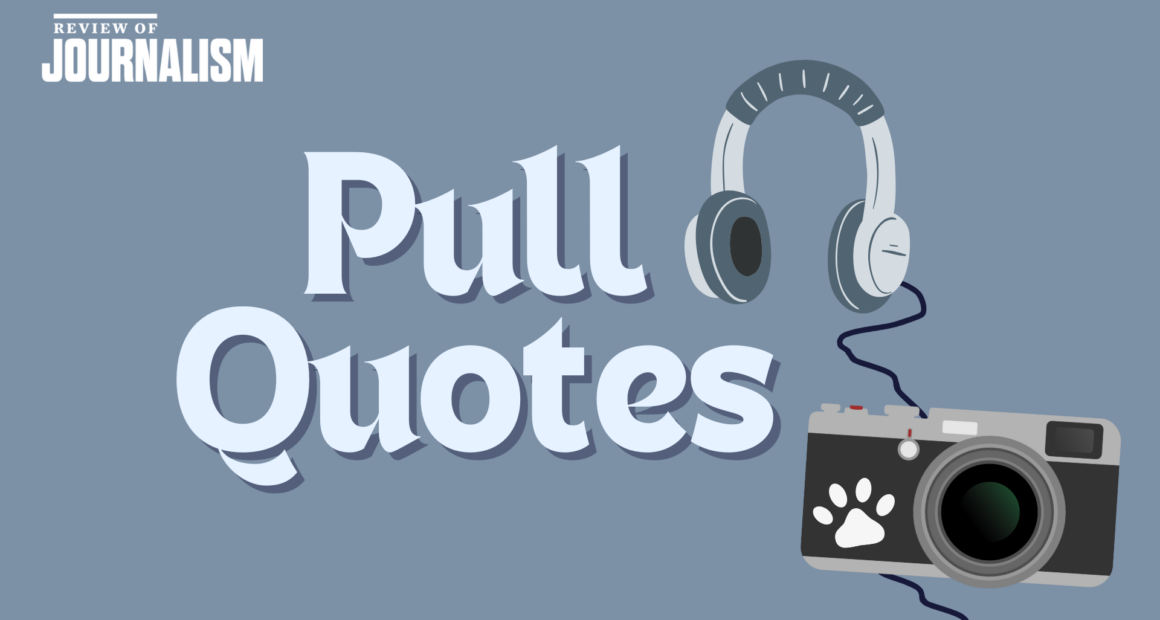
Marina Black interviews award-winning photojournalist Jo-Anne McArthur about the art of animal photojournalism, which seeks to show the public how animals in places like farms and factories really experience their lives.
Guest Bio
Jo-Anne McArthur is an award-winning photojournalist, sought-after speaker, photo editor, and the founder of We Animals. She has visited over sixty countries to document our complex relationship with animals. She is the author of three books: We Animals (2014), Captive (2017), and HIDDEN: Animals in the Anthropocene (2020), and is the subject of Canadian filmmaker Liz Marshall’s acclaimed Canadian documentary, The Ghosts in Our Machine. Jo-Anne’s photographs have received accolades from Wildlife Photographer of the Year, Nature Photographer of the Year, Big Picture, AEFONA, Picture of the Year International, the Global Peace Award, and others. In 2020, Jo-Anne was thrilled to be a member of the jury for World Press Photo. She hails from Toronto, Canada.
Music credits
music by VeraMiller – Soothing Serenity from Pixabay
Podcast art by Evan Zeller
Podcast: Play in new window | Download
Subscribe: Apple Podcasts | Spotify | RSS





